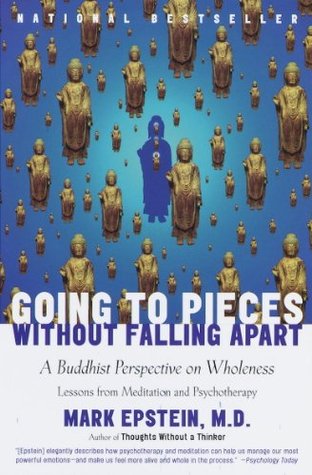More on this book
Community
Kindle Notes & Highlights
by
Mark Epstein
Read between
September 2 - September 3, 2018
Happiness comes from letting go.
“All beings are seeking happiness,” he said. “It is the purpose of life.”
Completion comes not from adding another piece to ourselves but from surrendering our ideas of perfection.
In the Tibetan tradition, the closest available comparison to the joy of meditation is the experience of simultaneously forgetting and discovering oneself that occurs in falling in love. Thus, the four levels of practice are often referred to as Looking, Smiling, Embracing, and Orgasm. There is a common happiness in each of these states—the joy of momentarily dropping the ego boundaries that prevent us from connecting with one another.
“Stop trying to understand what you are feeling and just feel,” they told me. “Absence or presence, it doesn’t matter. Just pay attention to everything exactly as it appears and don’t judge it.”
We must learn how to be with our feelings of emptiness without rushing to change them. Only then can we have access to the still, silent center of our own awareness that has been hiding, unbeknownst to our caretaker selves, behind our own embarrassment and shame.
We discover what we need to say when we get out of the way of ourselves.
The solution is not to deny attachment but to become less controlling in how we love.
once we are able to breathe in and out of difficult feeling states, we observe how much of our routine thinking is rooted in avoidance of these very emotions.
When emotional states are experienced in their entirety, rather than as fleeting shadows in the recesses of the mind, thinking is not quite so important.
Rather than judging it, take no position in your mind.
In building a path through the self to the far shore of awareness, we have to carefully pick our way through our own wilderness. If we can put our minds into a place of surrender, we will have an easier time feeling the contours of the land. We do not have to break our way through as much as we have to find our way around the major obstacles. We do not have to cure every neurosis, we just have to learn how not to be caught by them.
Thoughts do not have to be terminated through meditation; they can be simply observed. Disturbing emotions do not have to be excluded; they can be doorways into an aliveness that is as vivid as a moment of spontaneous laughter, or irritation.


